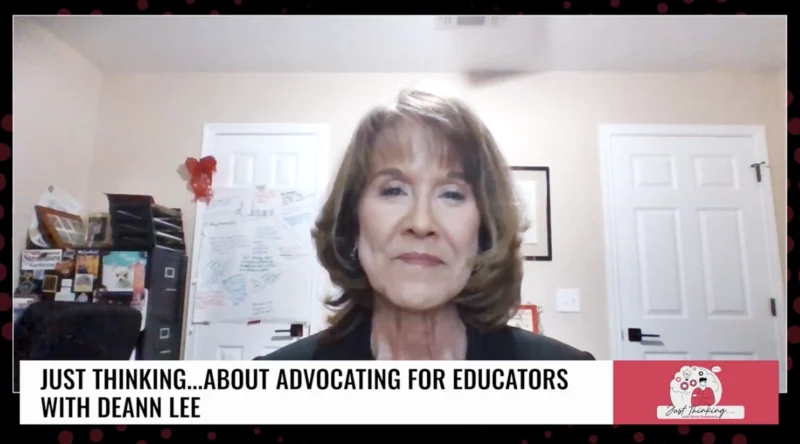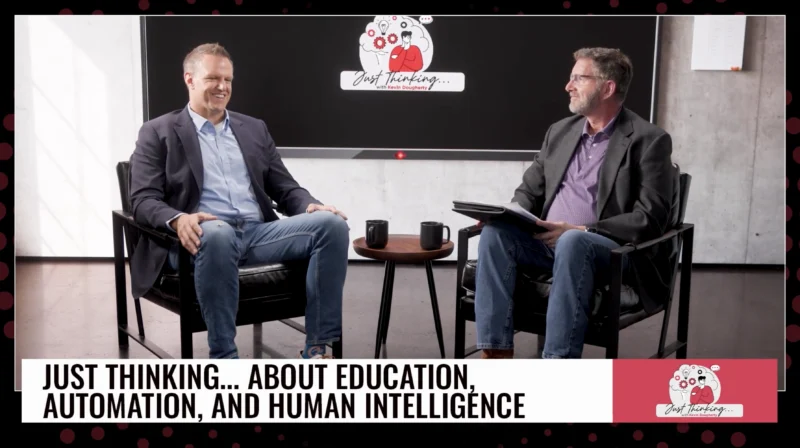What it Takes to be An Effective School Resource Officer
In this bonus segment from SecurED, Brent Cooley dives into the intricate balancing act faced by School Resource Officers (SROs) as they navigate the dual responsibilities of law enforcement and the school environment. With a focus on experience, training, clear communication, credibility, trust, and risk reduction, Cooley sheds light on the essential factors that contribute to the success of SROs.
SROs encounter the challenge of maintaining a delicate balance between their law enforcement duties and the unique demands of the school environment. It goes beyond basic training, as successful SROs possess a wealth of experience and specialized training to effectively handle their roles. They understand the importance of projecting authority while remaining approachable and building positive relationships with students.
One key aspect emphasized by Cooley is the need for SROs to avoid reverting to street tactics or attempting to relate to students through slang. Such approaches can undermine their credibility and erode trust, hindering their ability to carry out their responsibilities effectively.
A significant hurdle arises when SROs are tasked with enforcing school rules over which they lack direct authority. This can lead to confrontations and, in some cases, even the use of force. To mitigate such risks, it is crucial to establish clear communication channels, boundaries, and expectations between School Resource Officers and school administrators. These conversations should occur early on or during annual trainings to emphasize the importance of prioritizing the enforcement of the law over school-specific rules.
By successfully navigating these challenges, SROs can excel in their roles and ensure the safety and well-being of all students. The delicate balance they maintain between law enforcement and the school environment plays a crucial role in fostering a secure and conducive learning environment for everyone involved.




